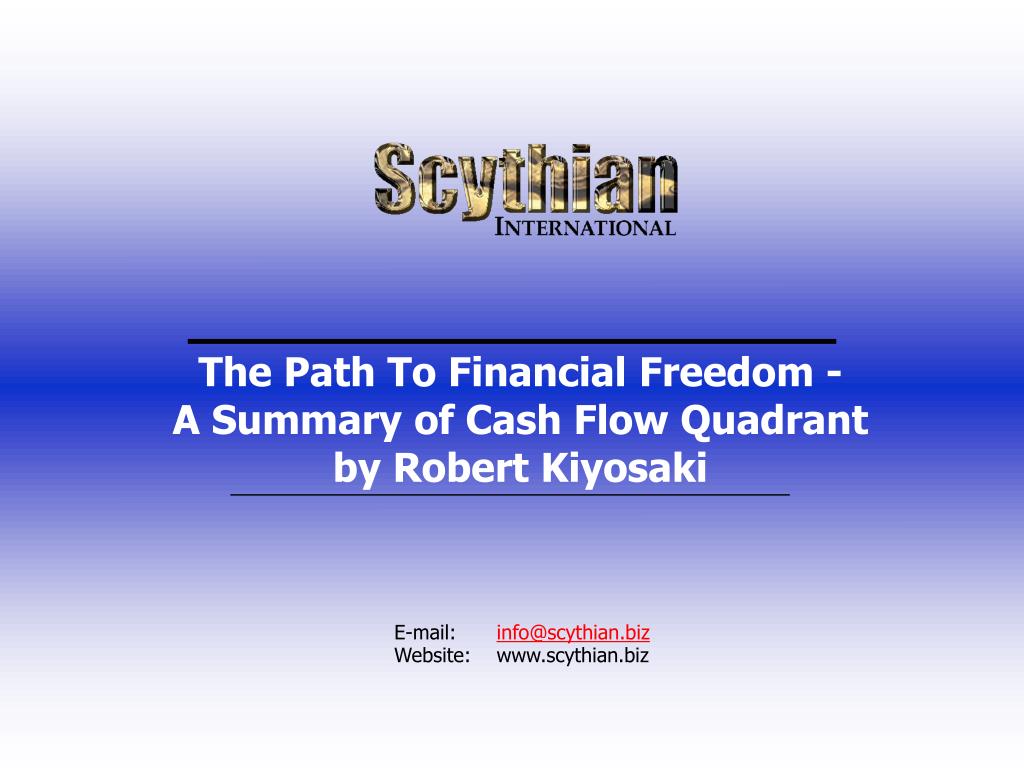
In addition, Kiyosaki suggests that individuals should focus on developing multiple streams of income. By taking risks and being open to failure, individuals can develop the resilience and adaptability needed to succeed in the Business Owner and Investor quadrant. Business owners and investors often face setbacks and failures, but they learn from these experiences and use them to inform their future decisions. Kiyosaki also emphasizes the importance of taking calculated risks and being willing to fail. This may involve seeking out educational resources, such as books and seminars, and working with financial advisors or mentors who can provide guidance and support.
Cashflow quadrant sparknotes how to#
Kiyosaki suggests that in order to move to the Business Owner and Investor quadrants, individuals should focus on developing their financial literacy and learning how to manage money effectively.

Moving to the Business Owner and Investor Quadrants Business owners and investors, on the other hand, focus on developing skills related to managing people and assets, as well as understanding market trends and opportunities. For example, employees and self-employed individuals often focus on acquiring specialized skills and knowledge related to their job or industry. Kiyosaki also argues that the different quadrants require different skills and mindsets. This understanding can help you make better financial decisions and take steps to move to the right side of the quadrant. By identifying which quadrant you are in, you can begin to understand the level of control and risk involved in your income-generating activities. Kiyosaki argues that understanding the Cashflow Quadrant is essential for achieving financial freedom and building wealth. He suggests that in order to achieve financial freedom, individuals should strive to move to the Business Owner and Investor quadrants. They must be knowledgeable about investment vehicles and understand how to manage their portfolios to maximize their returns.Īccording to Kiyosaki, most people fall into the Employee and Self-Employed quadrants and are limited by the amount of time and energy they can devote to generating income. Investors have the most freedom and control over their income but also bear the most risk. Investor (I): This quadrant includes individuals who invest their money in assets that generate passive income.


They also bear the most risk and must manage the complexities of running a business. Business owners have the most control over their income and can leverage the efforts of others to generate income. Business Owner (B): This quadrant includes individuals who own and operate a business.They are also limited by the amount of time and energy they can devote to their business. Self-employed individuals have more control over their income than employees but often work long hours and bear a significant amount of risk.

Self-Employed (S): This quadrant includes individuals who work for themselves and are responsible for generating their own income.
Cashflow quadrant sparknotes free#
They also bear little to no risk and are generally the least financially free of the four quadrants. Employees have little control over their income and are often subject to the whims of their employer.


 0 kommentar(er)
0 kommentar(er)
